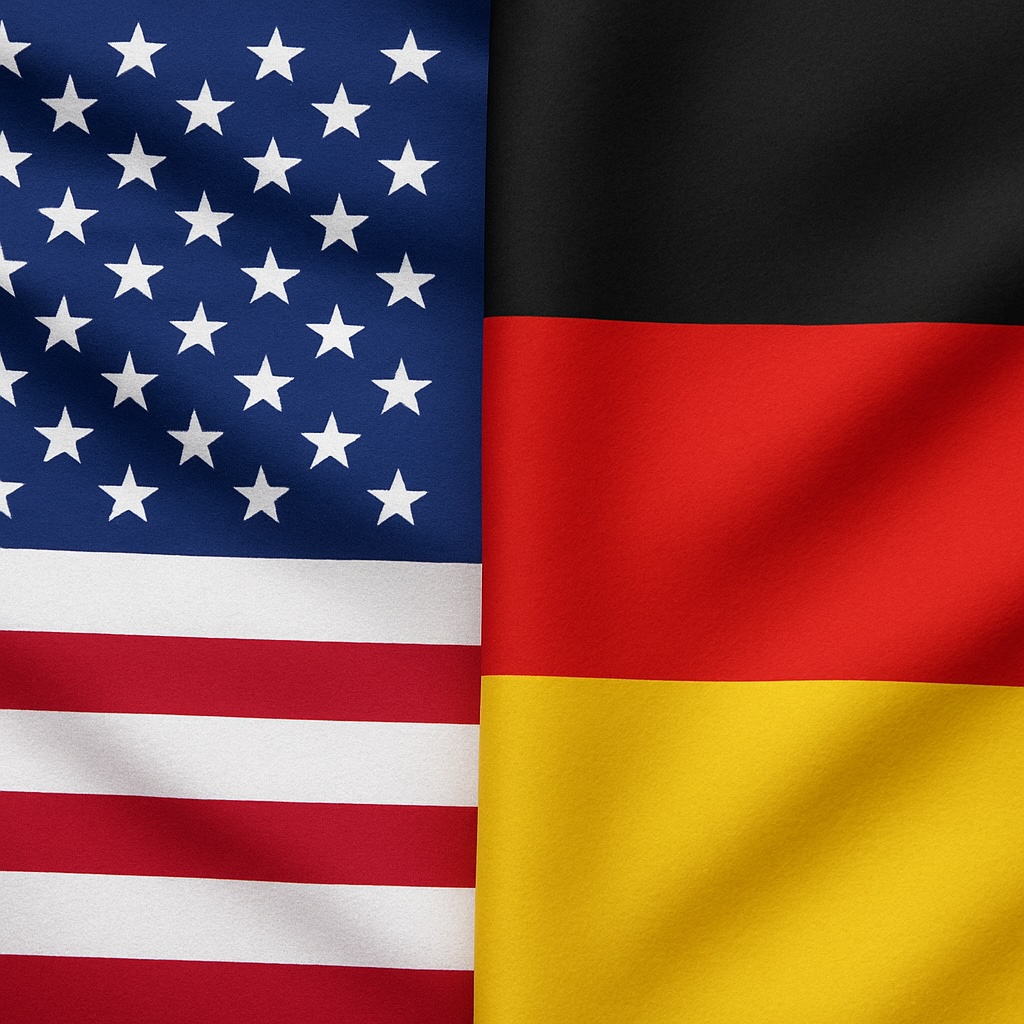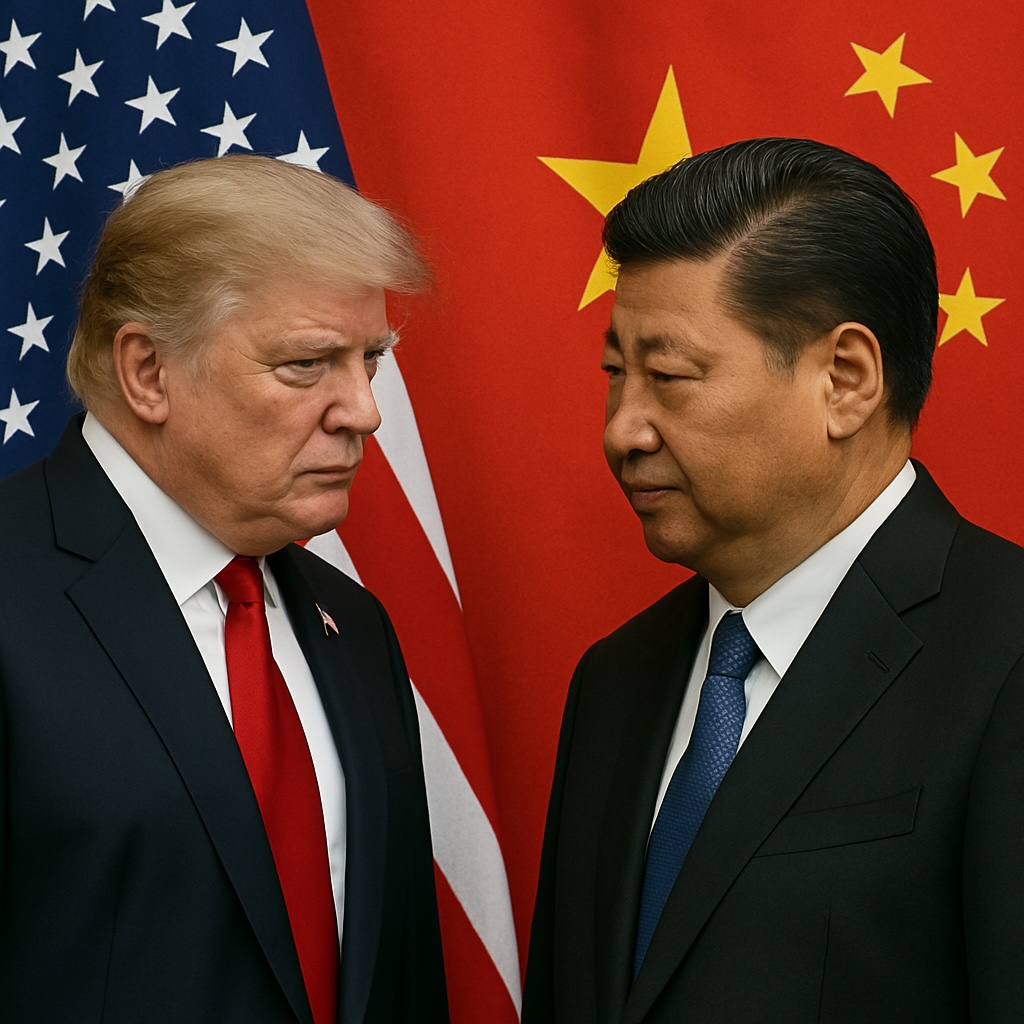DuPont's Strategic Pivot: Spinoff Readiness and the Path to Value Creation
DuPont’s recent earnings call, led by CEO Lori Koch, underscored a clear strategic focus: ensuring the November 1, 2025, spinoff of its Electronics business (Qnity) proceeds smoothly while maintaining financial discipline. With no M&A plans on the table until the separation is complete, the company is prioritizing operational readiness, cost management, and shareholder value creation. Here’s why investors should pay close attention to this transition.
Ask Aime: "Should I buy more DuPont stock after its recent earnings call?"

The Spinoff’s Progress and Financial Realities
The spinoff of Qnity, which will command a $10+ billion market opportunity in advanced electronics and semiconductors, is advancing on schedule. Key milestones include finalized leadership appointments, SEC Form 10 filing, and separation-related governance preparations. However, the process has not come without costs. A $768 million non-cash goodwill impairment charge was recorded in Q1 2025 for the Aramids reporting unit, reflecting restructuring efforts tied to the split.
Ask Aime: "Understanding DuPont's spinoff strategy and its impact on investor returns"
The financial impact of the spinoff is evident in DuPont’s Q1 results:
- Net sales rose 5% to $3.1 billion, driven by 6% organic growth in high-margin segments like electronics and healthcare.
- Operating EBITDA surged 16% to $788 million, with margins expanding 240 basis points to 25.7%.
- Adjusted EPS jumped 30% to $1.03, benefiting from cost discipline and margin improvements.
Despite these positives, transaction-adjusted free cash flow fell 26% to $212 million due to separation costs and elevated capital expenditures. This underscores the near-term trade-off between investing in the spinoff and delivering cash flow growth.
The Case Against M&A Pre-Spinoff
Koch’s emphasis on avoiding M&A until the spinoff is complete reflects a deliberate strategy to avoid distractions. While the absence of acquisitions may disappoint some investors, it aligns with three critical priorities:
1. Focus on operational execution: Ensuring seamless separation of Qnity’s supply chains, customers, and IT systems.
2. Minimize risk dilution: Avoiding potential disruptions to the spinoff timeline or valuation.
3. Preserve financial flexibility: Maintaining a strong balance sheet to weather macro challenges like tariffs and semiconductor demand volatility.
The CEO’s restraint contrasts with peers like 3M or Honeywell, which have pursued bolt-on acquisitions even during major restructurings. DuPont’s approach appears calculated, given the high stakes of the Qnity separation.
Navigating Risks and Opportunities
The company faces two major headwinds:
1. Tariff exposure: A potential $60 million net cost impact (or ~$0.10 per share) looms over 2025 guidance. Management plans to mitigate this through supply chain diversification, including production shifts to Mexico and Singapore.
2. Semiconductor demand timing: CFO Antonella Franzen noted “timing shifts” in semiconductor sales, though full-year guidance remains intact.
On the upside, Qnity’s standalone potential is compelling. The electronics segment delivered 14% organic sales growth in Q1, with AI-driven demand in semiconductors and advanced interconnect solutions. This growth engine could command a higher valuation as a standalone entity, unlocking value currently obscured by DuPont’s broader industrials portfolio.
Conclusion: A Strategic Gamble Paying Off?
DuPont’s decision to prioritize spinoff readiness over M&A activity is a rational, if risky, bet. The $768 million impairment charge and reduced free cash flow highlight the costs of separation, but the financial metrics—expanding margins, resilient EPS growth, and maintained full-year guidance—suggest execution is on track.
Investors should monitor two key indicators:
1. SEC approval timeline: Any delays could pressure the November 1 deadline and valuation.
2. Qnity’s standalone performance: Early signs of its ability to capitalize on AI and advanced node semiconductor demand will determine long-term success.
If the spinoff succeeds, DuPont could emerge with two focused, high-margin entities capable of outperforming their respective markets. For now, the data points to a disciplined process—backed by strong Q1 results and clear strategic focus—that positions DuPont as a sector leader in navigating structural shifts.
In a market hungry for clarity amid macro uncertainty, DuPont’s deliberate path to separation offers a template for how to execute complex restructurings without sacrificing near-term performance. The November deadline will be a pivotal test, but the groundwork laid in Q1 suggests investors have reason to be optimistic.



_5f1303b21749128462012.jpg)






